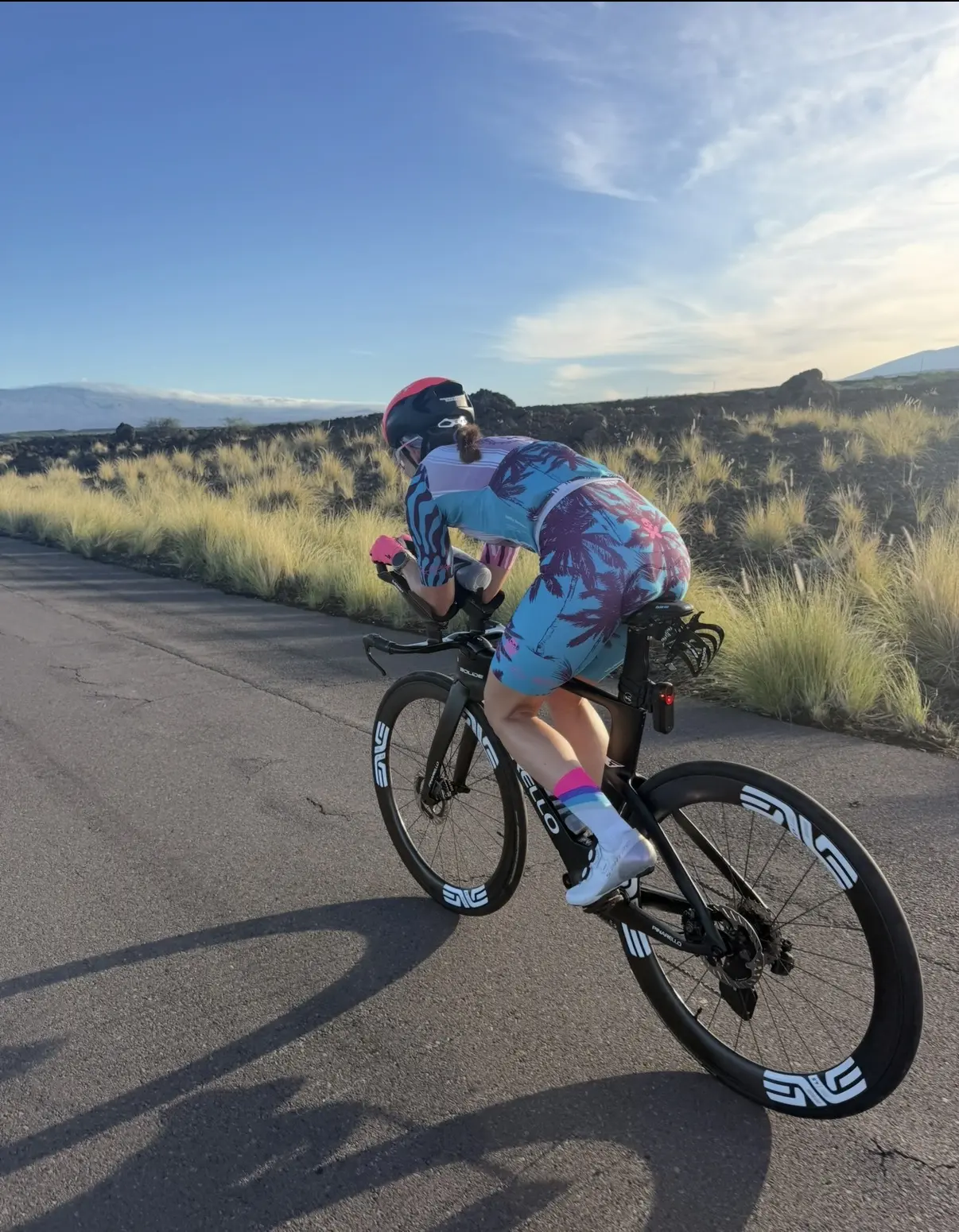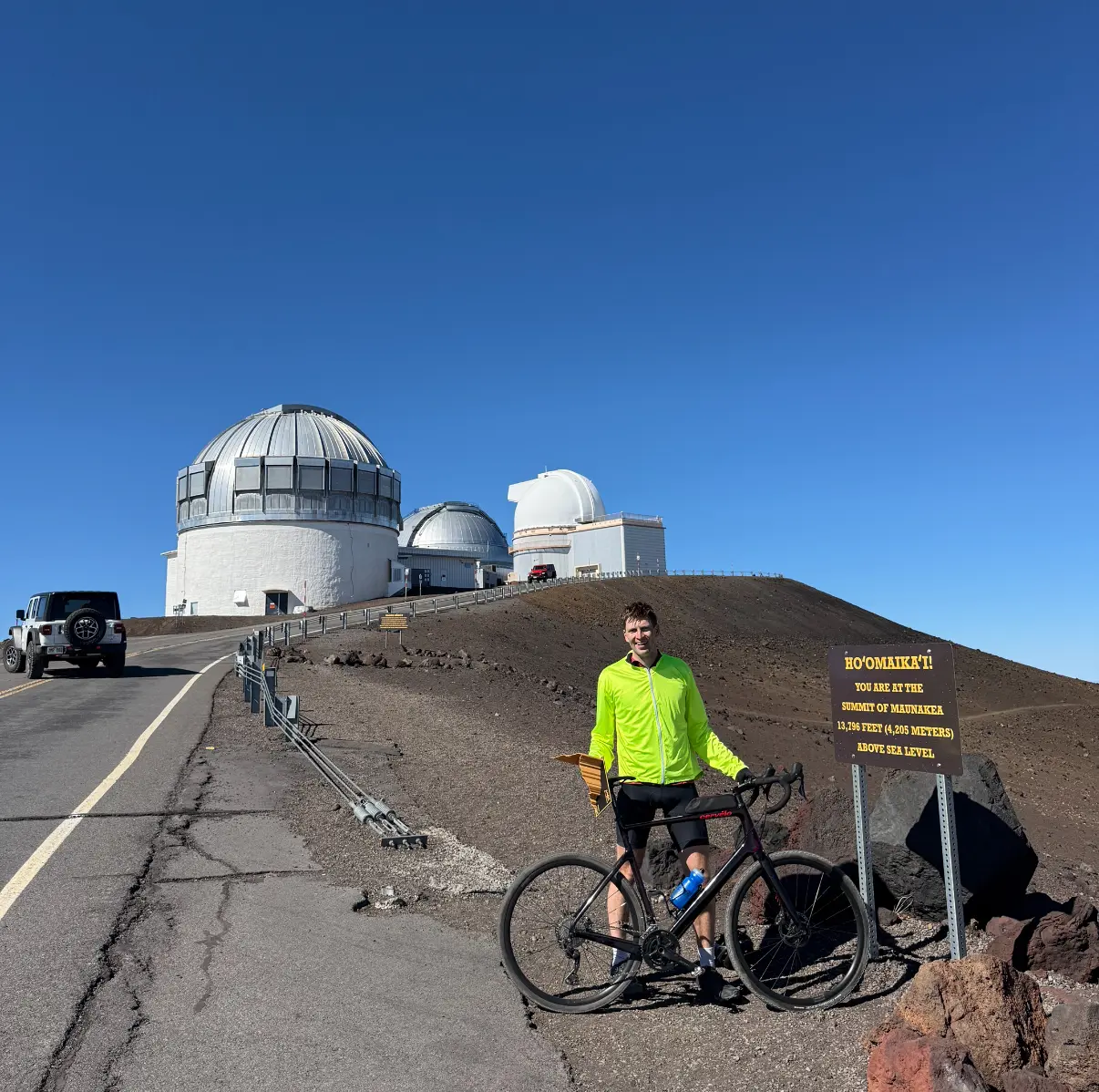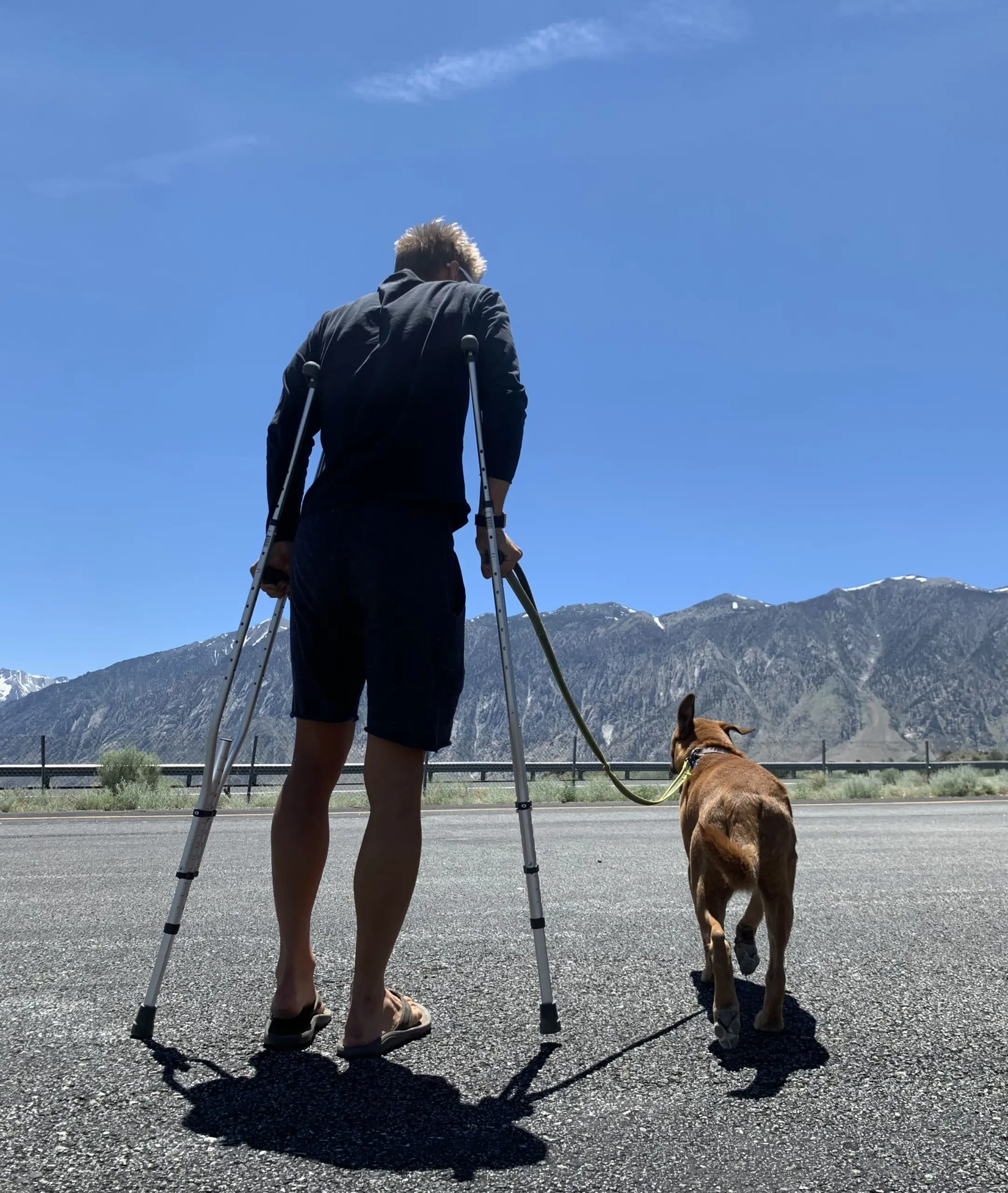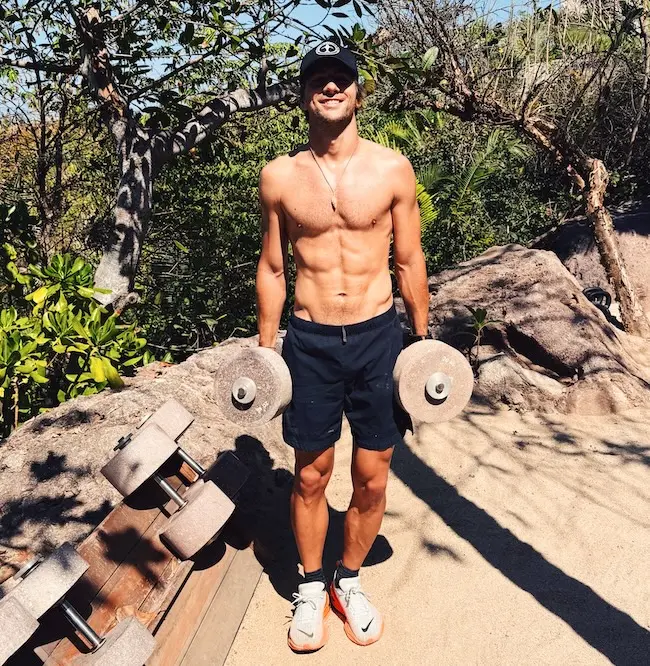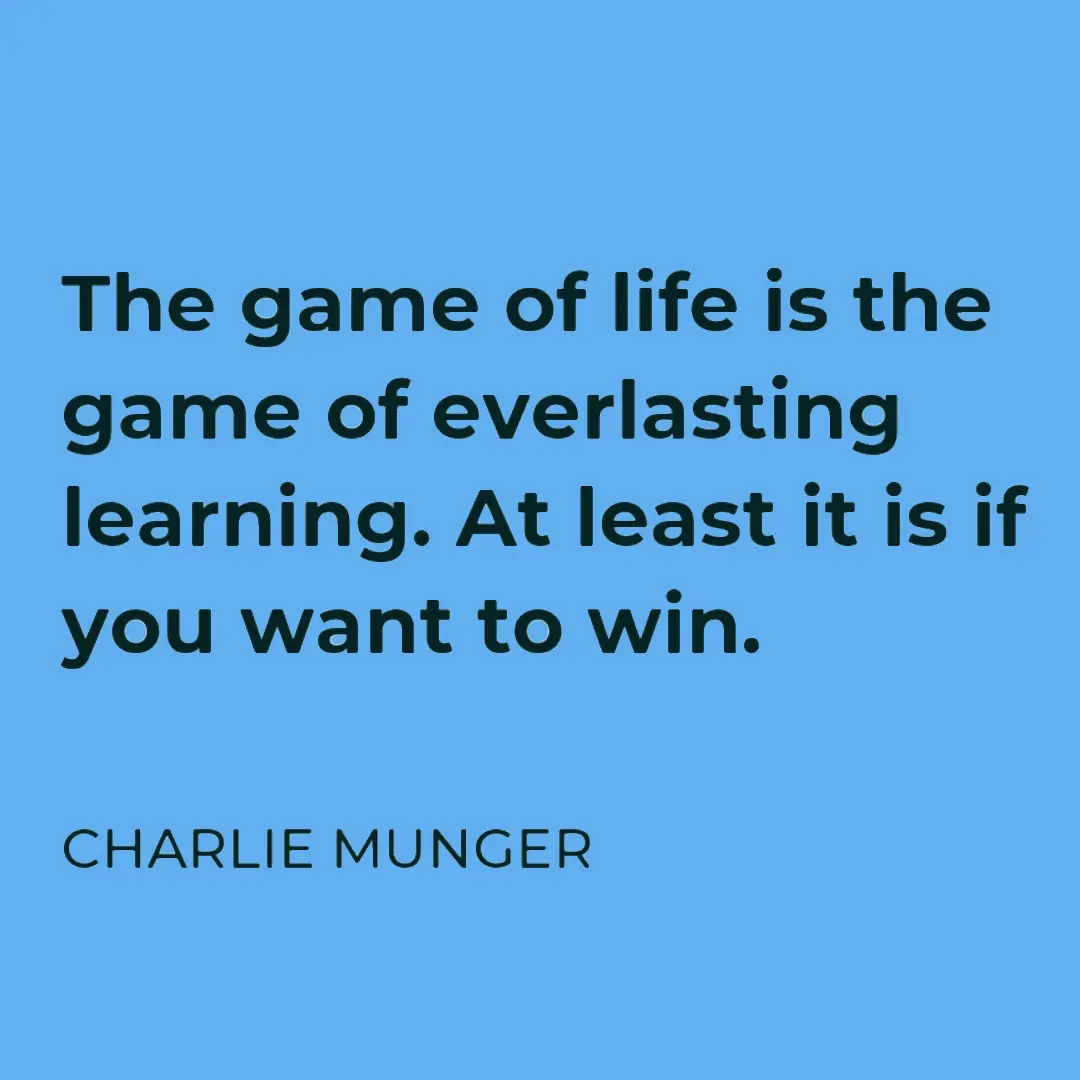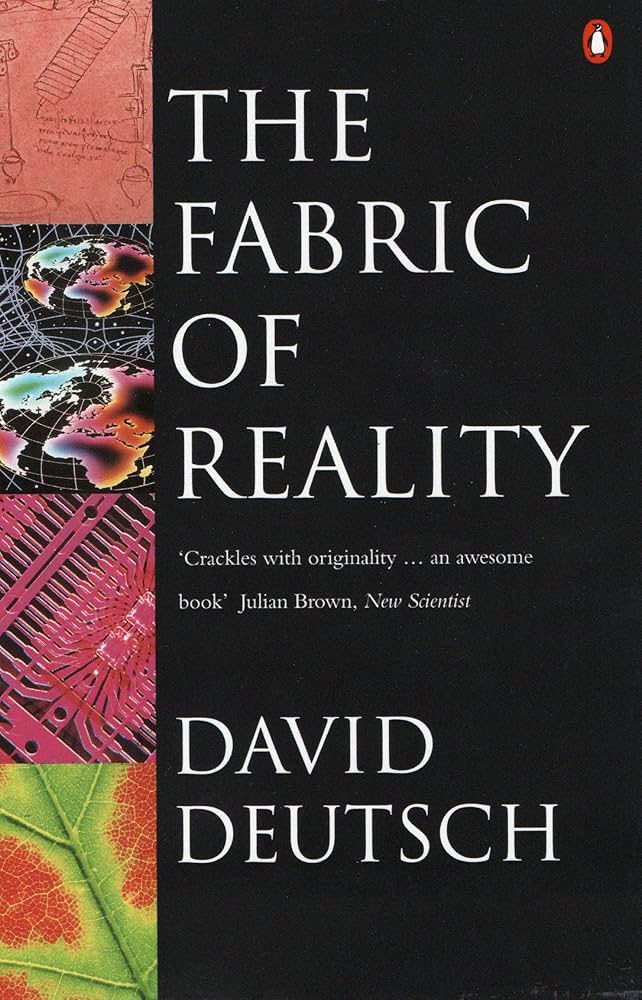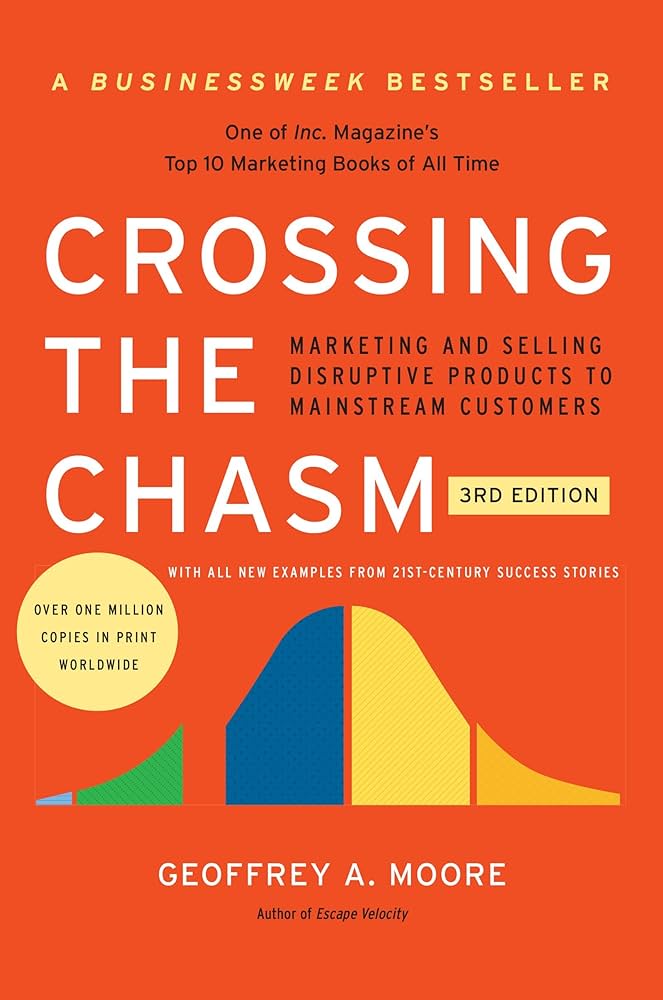You can build a beautiful sandcastle in a day, but one wave can wipe it out in seconds.
Training is the same. You can grind through a brutal 10-week program and look fitter for a moment. That doesn’t mean your body or mind will keep performing once life gets messy again.
If you want to be truly fit for life, you need a foundation that survives the 1,000-year floods: job stress, kids, injuries, bad sleep, that emergency meeting. That kind of fitness comes from a system that fits your life and is easy to follow for years, not weeks.
Long-term thinking is what builds that system.
1. Choose a why that outlives one race
Start with a goal that makes your eyes light up and that still matters in 10 or 20 years.
Chasing an IRONMAN World Championship slot can be a great goal. But if it’s only about impressing your friends or proving something once, the satisfaction will fade quickly. It’s like a new watch: exciting for a week, then normal.
Stronger goals often sound more like this:
“I want to be able to chase my grandchildren through the yard when I’m 80.”
“I want to be strong, clear-headed and active for as long as I’m alive.”
Envision the best version of yourself in 10–20 years. What are they able to do? How do they move, think, and show up for the people they love?
If you want that version of yourself badly enough, it becomes easier to drop the habits that hold you back and to endure the boring, unglamorous weeks of training. The long-term vision gives today’s session meaning.
2. Shape your environment for the long game
You’ve already built a life: work, family, friends, responsibilities. All of that is either supporting your training or quietly working against it.
Long-term thinking asks: What kind of environment would future-me need to keep training well?
That means:
- Talking to your partner and family about your vision so they understand why training matters to you.
- Being clear about what you need (sleep, time windows, support), and what they get in return (a healthier, more present, more energetic you).
- Aligning your work routine where possible maybe it’s protected early mornings, or three non-negotiable training slots per week.
The key is not to drag everyone into your project, but to invite them into the benefits and design something that works for all of you. Nobody sustains high-quality training alone for a decade.
What long-term thinking looks like in real life
One of my athletes, Sarah, used to live in 10-week blocks. She’d sign up for a “get fit fast” plan, push hard, run a marathon in around 4 hours… and then be completely wiped out. Two weeks later she was injured, exhausted, and back at zero.
When we started working together, we made a different deal: no more hero plans. Instead, we focused on a full year of sustainable endurance training. More easy running, smarter fueling, strength work, and realistic weekly volume she could hold even when life got messy.
A year later, her marathon time had improved (3:20h), but that wasn’t the biggest win. She was sleeping better, her energy during the week was higher, and she felt in control of her body for the first time instead of constantly “starting over.” That’s what long-term thinking does: it trades quick excitement for quiet, compounding progress.
3. Make the process the goal
Building lifelong fitness, the kind that outlasts trends and hacks, takes patience.
Long-term thinking changes how you judge “a good week”:
- One bad workout doesn’t matter.
- One skipped session doesn’t ruin anything.
- The trend over months and years is what counts.
Anyone can put together one heroic summer. Some can string together a few good seasons. Very few can build a decade of mostly good weeks. That’s where the real durability and joy, lives.
Practically, that means:
- You build consistently instead of chasing “hero sessions.”
- You stay within reasonable training-load limits.
- Most of your sessions are easy enough that you can show up again tomorrow.
- You know what “too hard” looks like for you, and you respect that line.
- You protect your mental battery so training gives energy to your life instead of stealing it.
This is where long-term thinking protects you from impulsive decisions in the moment: the extra interval when you’re cooked, the race you jump into on dead legs, the training block that looks cool on paper but doesn’t fit your actual life.
4. You don’t have to build this alone
This long-term lens is the foundation of how we coach at Kona Endurance.
With every athlete we:
- Start from a 12- to 24-month view, not just the next race.
- Design training that fits their real life: work, kids, travel, health.
- Monitor load and signs of burnout so they can train hard without breaking.
The principles work for any motivated athlete. Not everybody likes the patience required, but the ones who do end up not just fitter, but happier and more resilient.
If you want help building a system that lets you perform well in sport and life for years to come, that’s exactly what we do together at www.konaendurance.com
Flo
